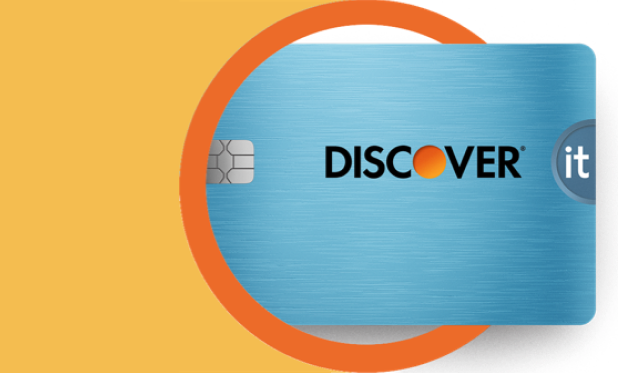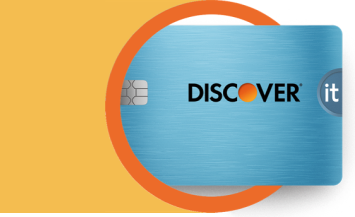Student loans, grants, and scholarships are just a few ways you can help cover the cost of a college education. And while all these ways of helping can have a big impact on paying for your child’s college, the importance of having a college savings cannot be understated. Money that you set aside for your child’s future education can go beyond tuition—towards things like books, housing, food, and other expenses your child may have at school.
Building a college savings fund is a significant, long-term, and worthwhile commitment. Even if you can only save a small amount per month, this can add up over time and help you offset the cost of college. Here are a few things you should know about starting a college savings fund.

How to save for college
Next steps


See rates, rewards and other info
You may also be interested in
Was this article helpful?
Was this article helpful?
-
Build credit with responsible use (Student): Discover reports your credit history to the three major credit bureaus so it can help build your credit if used responsibly. Late payments, delinquencies or other derogatory activity with your credit card accounts and loans may adversely impact your ability to build credit.
-
Legal Disclaimer: This site is for educational purposes and is not a substitute for professional advice. The material on this site is not intended to provide legal, investment, or financial advice and does not indicate the availability of any Discover product or service. It does not guarantee that Discover offers or endorses a product or service. For specific advice about your unique circumstances, you may wish to consult a qualified professional.


